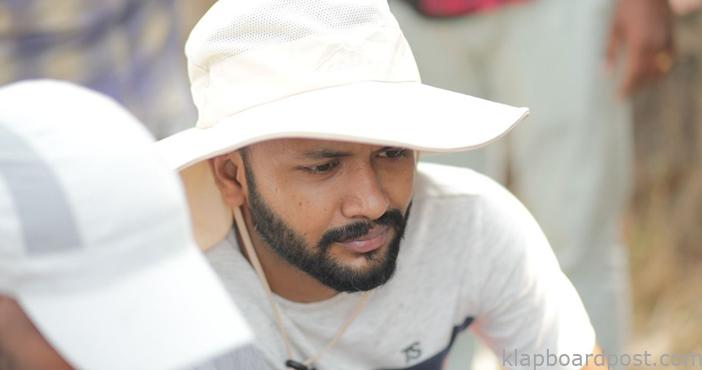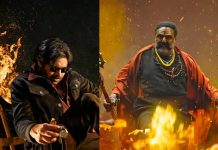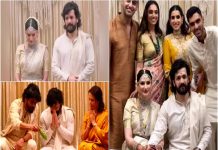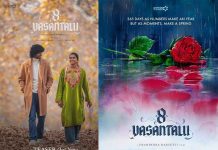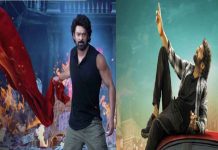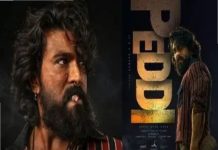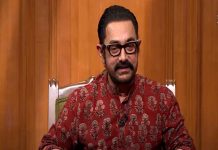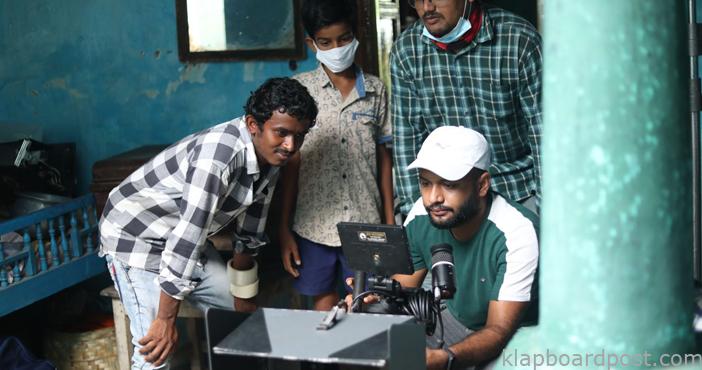
The time is ripe for technicians in the film industry to do independent work. There are so many opportunities in cinema and OTT platforms and there is no limit to creativity as well. One need not work as an apprentice for even two years to direct cinema or become a cinematographer. With observation, clarity of mind and a zeal to excel, anyone can make their life here. Anush is one such technician, he is debuting as a cinematographer with Jayamma Panchayathi on May 6th. Anush tells Y.Sunita Chowdhary of Klapboardpost.com that after completing B.Tech, he went to Mumbai to do cinematography course at the Zee Institute of Media Arts for six months. Then moved to Hyderabad and got busy doing photography. He says, “While I was doing B.Tech, I decided to choose this path to go into the film industry. I didn’t inform my parents of my decision, they wanted me to go abroad or work here but eventually I convinced them. I don’t have any filmi background as such. I was trying to assist a cinematographer but didn’t have any contacts, I was keen on getting some practical knowledge. I hail from a small village in Kamareddy district. In between I did a couple of short films and music videos and later got an opportunity to assist P.S Vinod for Aravinda Sametha, Ala Vaikuntapuram Lo and the court sequence in Vakeel Saab. P.S Vinod is an accomplished cinematographer and I found myself lucky to having worked with him.“
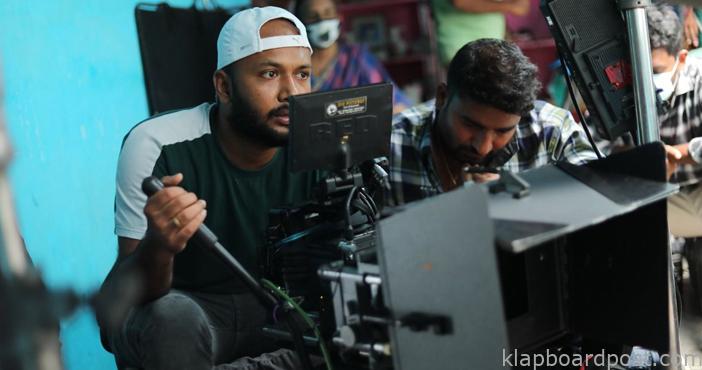
The industry is open to giving opportunities to freshers if there is a necessity. He shares, “Assisting Vinod made me knowledgeable. Alongside, I got to gain more knowledge on the 24 crafts. I wasn’t trying to start off independently and wanted to continue with Vinod but this happened by chance. I was recommended by a friend Ravi Teja, to director Vijay and Jayamma Panchayati. Before this too, I got a couple of opportunities but I chose this because I got connected with this immediately. I read the script and felt that it was an ideal launch for me. We went To Srikakulam, which was the director’s village. We weren’t finding the right location in his village so we went on a recce. The purpose was to find Jayamma’s house . The ADs did a recce the structure wise at least 150 villages in the surrounding areas and finally we found a house. Even though that didn’t meet the requirement, it was a Mandava house but looked modern. We dismantled it a bit, painted it to make it look old. We discussed the visual style of the film with the director”.
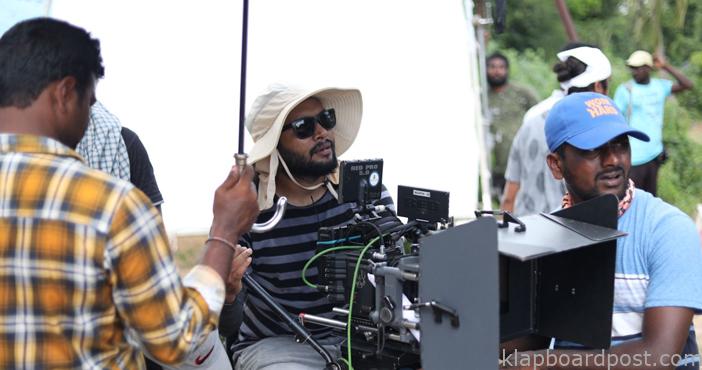
He adds, “There is a temple and everyone sits there and panchayati happens. We couldn’t find a temple and initially thought of putting up a set. It isn’t just a house set, the insides and outsides are an important factor…..the entire house has to be visible. We decided to go for a live location and finally found what we wanted. This was happening around 20 years back and I felt it should be natural and only then people would relate to the place and characters. These are the colours they use in villages so didn’t want to go against it and gave what they generally want. We found a temple but didn’t find enough space to shoot the panchayati so we cleared the trash and created a perfect ambience. There is another temple in the village and we painted that too.” The pre-production took two months and the director apparently wanted new faces, so auditions took place there itself. They gave it a dry look to make it look poor. Summer was the ideal time and when they embarked on the first schedule, Covid set in. Then it was time for the monsoon and they faced many issues. Because of the rain, night shoots happened. There were cyclone threats. Anush quips, “The panchayati shoots were meant to be shot at the night when people are done with the work and gather under a tree. Day shoots were for other scenes. It wasn’t an easy shoot, there were challenges on every front. We thought there would be huge crowds and we wouldn’t need junior artistes or background artistes. But people are busy with their own lives. They would come for a day or two but they would disappear. The panchayati shoot took 3 days at a stretch and people would sleep by 8 pm. We had to gather them as we needed people for panchayati for continuity scenes and they had to wear the same clothes for three days. However we got maximum support from them.“
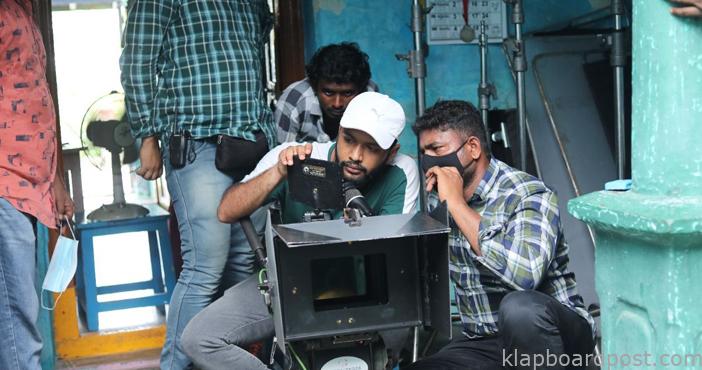
Summer is at the peak in Srikakulam, there is also humidity. There wouldn’t be air as it is surrounded by hills and this not being a big budget film, the crew would change with every schedule. The team did face problems but at the end of the day, it was a learning experience. Suma as everyone knows is the backbone of the film, she is the crowd puller. She maintained the same energy throughout the film remarked the cinematographer. …Y.Sunita Chowdhary
